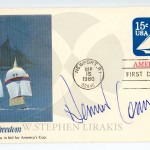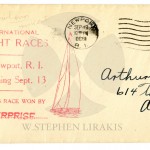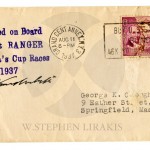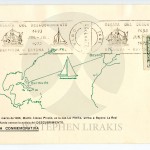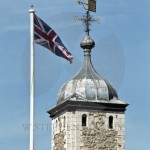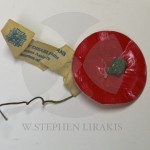Does someone have a thin skin? What a good way to create a happy work environment. If you are truly worried about what people are saying perhaps you are doing something wrong.
I think the America’s Cup as we see it is still struggling for an identity. Since is has become a for profit event it will have trouble. I still think the best place for the America’s Cup would be in Europe.
60 PROTECTING THE REPUTATION OF THE AMERICA’S CUP
60.1 The favourable reputation of the America’s Cup, its regattas, events, selected venues, Officials, sponsors, commercial partners and its Competitors is a valuable asset and creates financial and other tangible and intangible benefits for all. Accordingly, each Competitor shall not (and shall use its best efforts to ensure that any team member, owner, officer, employee, contractor, affiliate, agent or representative of the Competitor shall not) and each Official shall not make or cause to be made, or authorize or endorse, any public statement, or engage in any other act or conduct or any activity, in each case, on or off the water, that is prejudicial or detrimental to or against the welfare or the best interests of the America’s Cup, or the sport of sailing, or that may impair public confidence in the honest and orderly conduct of the America’s Cup, any Event, or in the integrity and good character of any Competitor, Official, selected venue, sponsor or other commercial partner of the America’s Cup. Conduct contrary to the welfare or the best interests of the America’s Cup includes, but is not limited to, public statements that unreasonably attack or disparage a regatta related to the America’s Cup, an Event, a selected venue, a funder, a sponsor, a commercial partner of the Event or a Competitor, another Competitor, an Official, or the commercial viability or integrity of the America’s Cup or any of its regattas or events, but responsible expressions of legitimate disagreement are not prohibited.
60.2 The Jury is authorized to discipline or otherwise penalize any Competitor (including any team member, owner, officer, employee, contractor, affiliate, agent or representative of the Competitor) or Official found by the Jury to have breached or violated Article 60.1 of this Protocol. The Jury may initiate its own enquiry into any breach or violation of Article 60.1, or may act upon receiving a report or complaint by or on behalf of any Competitor or an Official. The Jury may impose such penalties or orders as it believes to be just and equitable in
accordance with this Protocol, including but not limited to those penalties set forth in Article 15.4(d). Any fines imposed by the Jury for breach of Article 60.1 shall be paid as may be directed by the Jury as it determines to be just and equitable.
60.3 All defined terms used in this Article 60 shall have the meanings given to them in this Protocol, with the addition, for the purposes of this Article 60 only, of the following:
(a) the definition of “Competitor” in Article 1.1(p) includes the yacht club holding the America’s Cup; and
(b) the definition of “Officials” in Article 1.1(mm) includes the Event Authority and ACRM and their respective officers, employees, contractors, representatives and agents.”








